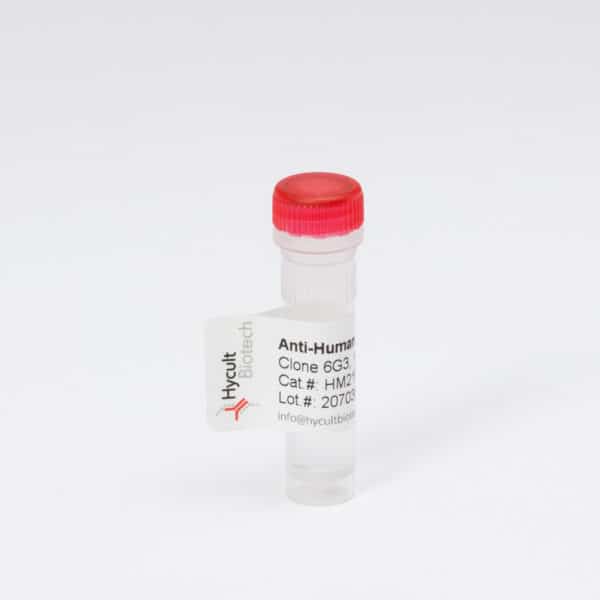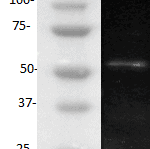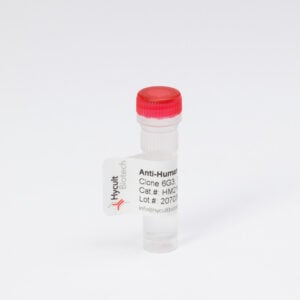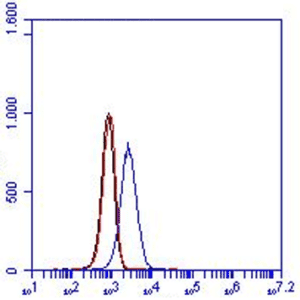TNF-RI, Mouse, mAb 55R-170
The monoclonal antibody 55R-170 recognizes the extracellular part of mouse Tumor Necrosis Factor Receptor superfamily member 1A (TNF-RI), also known as CD120a or p55.
Read more€139.00 €9,220.00Price range: €139.00 through €9,220.00
TNF-RI belongs to the large TNF receptor family, among which TNF-RII (TNF-R p75-80), lymphotoxin-beta receptor (LTbetaR) and the Herpes virus entry mediator (HVEM). Ligands for these receptors belong to the Tumor Necrosis Factor (TNF) superfamily of cytokines, which activate signaling pathways for cell survival, death, and differentiation that orchestrate the development, organization and homeostasis of lymphoid, mammary, neuronal and ectodermal tissues. TNF-RI contains a characteristic structural cassette termed death domain in its sequence that is conserved within a distinct subset of other TNF-R family members, such as CD95, DR3, DR4, and DR5. This death domain, was characterized as being essential for induction of apoptosis in vitro and has been structurally conserved within these TNF-R superfamily members. Deletion of the death domain of the TNF-RI results in a non-functional receptor, indicating that the death domain is required for the signal transduction of the physiological functions of TNF-RI in vivo. TNF-RI is a 55 kD type I transmembrane protein and is expressed on a variety of cell types at low levels. It is considered to play a prominent role in cell stimulation by TNF-alpha. Induction of cytotoxicity and other functions are mediated largely via TNF-RI. TNF-RI is present as soluble form in body fluids (for instance plasma and CSF). This extracellular TNF-RI is generated by two mechanisms, namely proteolytic cleavage of TNF-RI ectodomains and release of full-length TNF-RI in the membranes of exosome-like vesicles. TNF-RI and TNF-RII both interact with the homomeric forms of LTbeta or TNF. However, TNF-RI functions as the high affinity receptor for soluble TNF (sTNF). TNF-RI has been shown to be involved in a wide variety of inflammatory diseases, among which neurodegenerative diseases (Parkinson’s and Alzheimer’s disease), multiple sclerosis, asthma, atherosclerosis, rheumatology. The monoclonal antibody 55R-170 also recognizes the soluble receptor..
You may be interested in…
-
View product €139.00 €1,294.00Price range: €139.00 through €1,294.00
-
View product €139.00 €383.00Price range: €139.00 through €383.00
-
View product €139.00 €9,220.00Price range: €139.00 through €9,220.00
-
View product €139.00 €9,220.00Price range: €139.00 through €9,220.00





